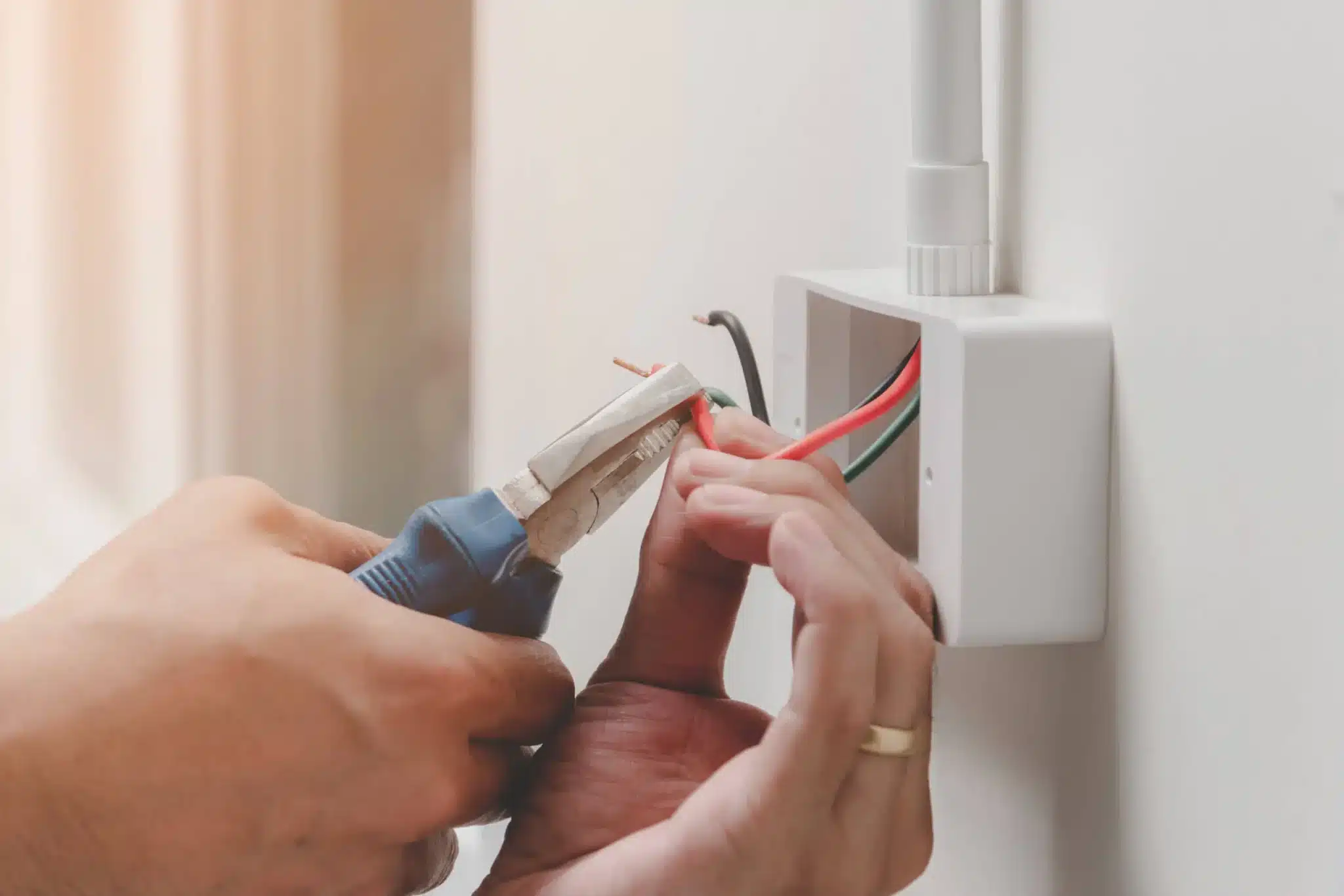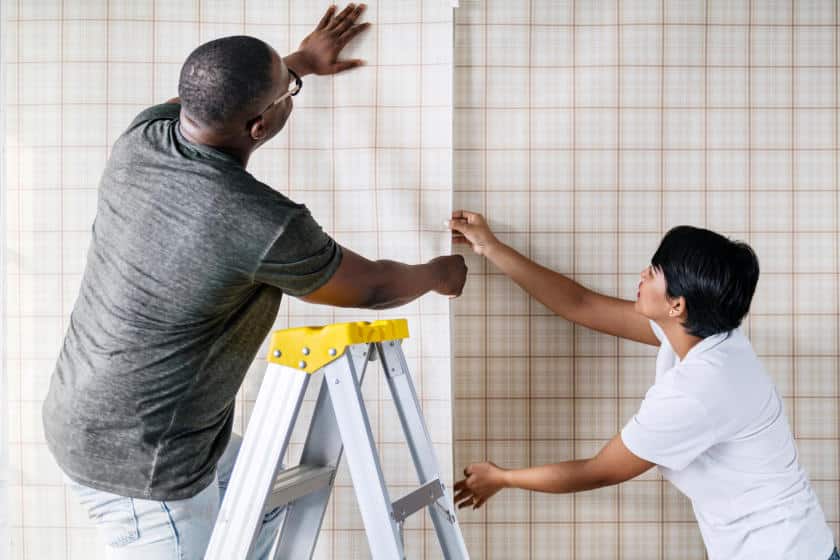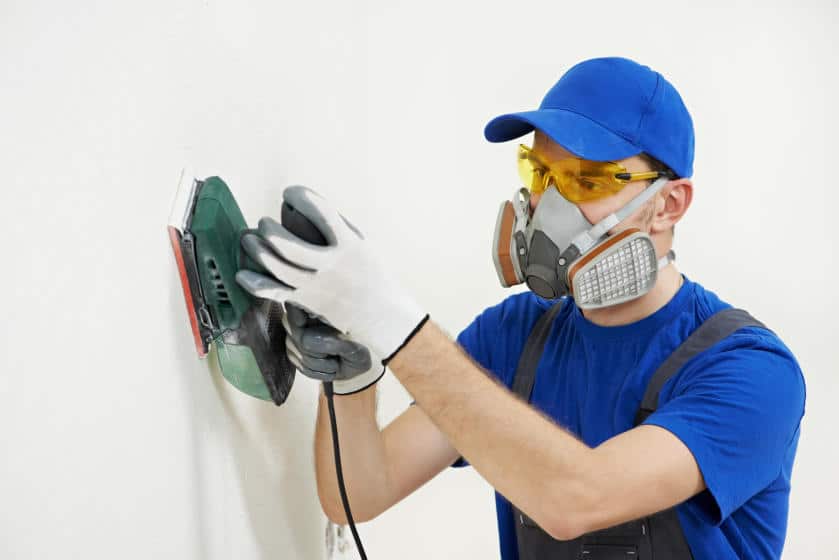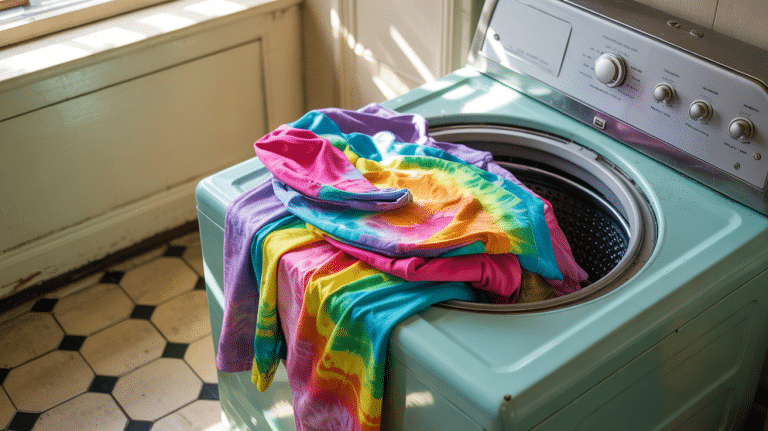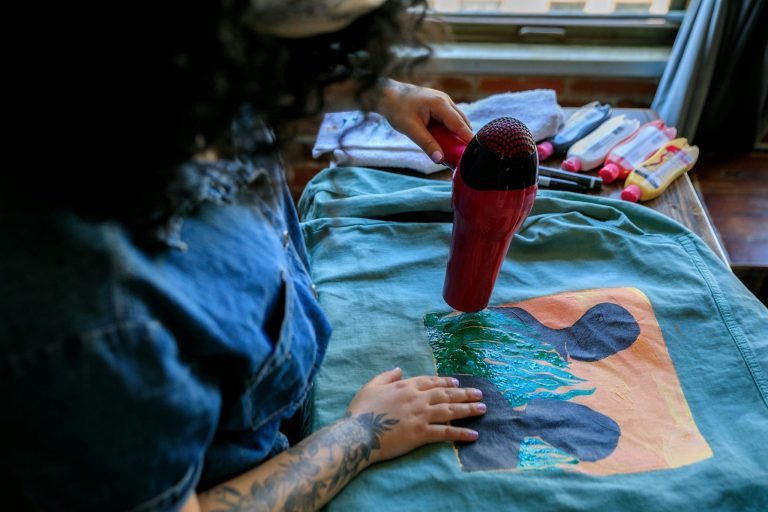DIY is big business with many homeowners choosing to tackle repairs or renovations themselves. As well as a sense of accomplishment, DIY jobs can save time and money and, if you’re confident in your skills, can result in high-quality results.
But, when carrying out any kind of DIY job, it’s important to consider safety and ensure that you take the right precautions to protect yourself from any accidents or injuries.
You’ll need to make sure you have the right tools for the job and that they’re in good working condition. If you’re using equipment for the first time, make sure you’re fully clued up on how to operate it safely and store it away from children.
Electrical Safety
It’s vital not to attempt any electrical work unless you know what you’re doing. If you’re unsure, it’s always advisable to consult a professional.
If you are carrying out electrical repairs, make sure that the wiring and outlets are in good condition and comply with safety standards and regulations. Never overload power outlets and avoid running cords under carpets where they can be a hazard.
It’s imperative to be extra vigilant when working with electrics in bathrooms, kitchens, or outside due to the risk of water being present. You should always switch off the power at the mains source if you’re unsure of any electrical issues.
Ladder Safety
Many DIY tasks require the use of ladders including roof work and ceiling tasks. You should ensure the ladder is in good working condition and secure it properly before using it. Wear appropriate footwear such as site work boots that have a secure grip to help minimise the risk of slipping.
Always maintain three points of contact when working up a ladder and be aware of the extra hazards of working at height, especially if you’re outside and in an area where there are trees or power lines.
Chemical Safety
Multiple products contain certain chemicals that are hazardous to health and safety, whether through the air or by physical contact.
If you’re using paint, polish, or any other hazardous chemical products, make sure you wear the right gloves and keep the space well ventilated. Follow the manufacturer’s instructions and keep any flammable liquids or substances away from sources of heat.
If you have children or pets in the home, it’s wise to refrain from tackling any DIY jobs until they’re away from the house. And it’s vital to make sure that, if you do suffer an accident or injury while carrying out a task, to seek advice from a healthcare professional either online or, if it’s an emergency, by calling 999.


